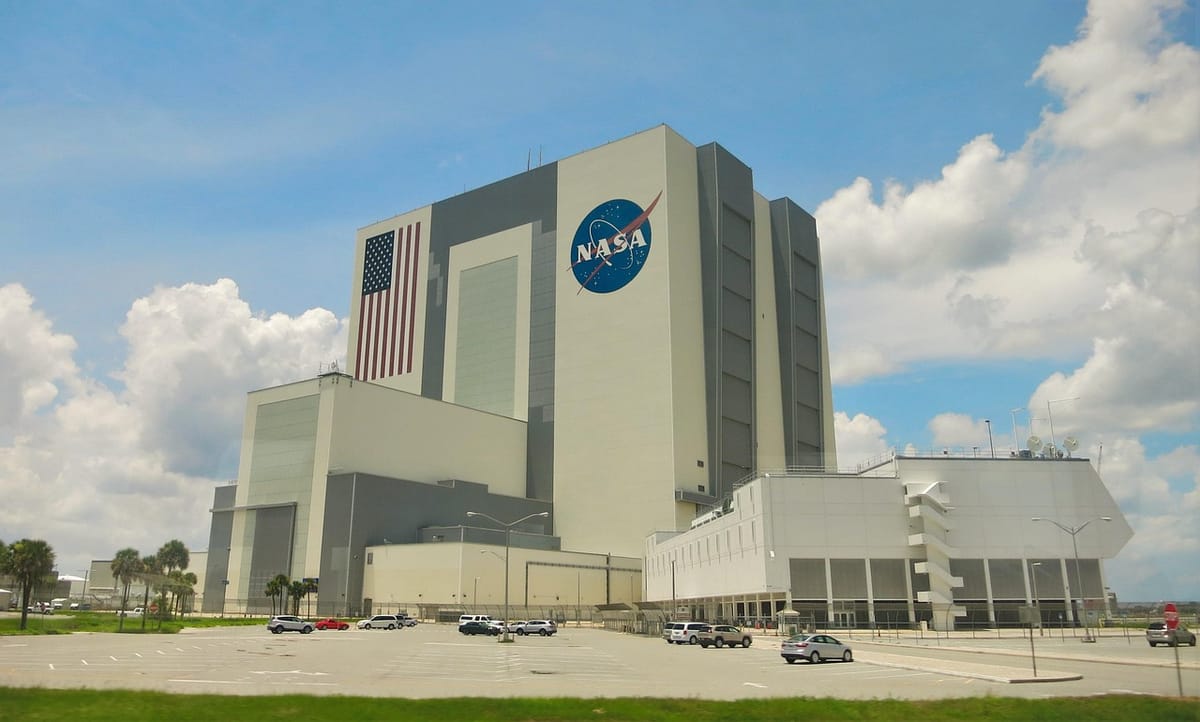FAQs about NASA

1. What does NASA stand for?
NASA stands for National Aeronautics and Space Administration. It is the United States government agency responsible for space exploration, scientific discovery, and aeronautics research.
2. When was NASA founded?
NASA was established on July 29, 1958, and it officially began operations on October 1, 1958.
3. Why was NASA created?
NASA was created in response to the Soviet Union's launch of Sputnik in 1957, marking the start of the space race. It aimed to ensure U.S. leadership in space exploration and technology.
4. Where is NASA headquartered?
NASA's main headquarters is in Washington, D.C., but it operates various centers across the U.S., including Kennedy Space Center (Florida), Johnson Space Center (Texas), and Jet Propulsion Laboratory (California).
5. What are some of NASA’s most famous missions?
Notable missions include:
- Apollo 11 (first humans on the Moon)
- Hubble Space Telescope
- Mars Rovers (Spirit, Opportunity, Curiosity, Perseverance)
- Artemis program (returning humans to the Moon)
- James Webb Space Telescope
6. What is the Artemis program?
Artemis is NASA’s modern lunar exploration program, aiming to land the first woman and next man on the Moon, and eventually prepare for crewed missions to Mars.
7. Has NASA sent people to Mars?
No, not yet. NASA has sent robots and rovers, but human missions to Mars are planned for the 2030s.
8. Does NASA study Earth too?
Yes! NASA studies Earth's climate, weather patterns, oceans, and environmental changes using satellites and other technologies.
9. How does NASA help during natural disasters?
NASA provides satellite imagery and data to help monitor wildfires, hurricanes, floods, and more to support response and recovery efforts.
10. What kind of research does NASA do?
NASA conducts research in space science, robotics, astrophysics, aeronautics, planetary science, and more.
11. Has NASA technology been used on Earth?
Yes, many NASA technologies have spin-offs used in everyday life — like memory foam, infrared thermometers, and water purification systems.
12. How can I work at NASA?
NASA hires a range of professionals — not just astronauts — including scientists, engineers, writers, and administrators. Careers are listed on USAJobs.gov.
13. What does it take to become a NASA astronaut?
Typically, astronauts have a background in science, technology, engineering, or math (STEM), plus years of experience and physical training. Only a few are selected from thousands of applicants.
14. Does NASA offer internships or programs for students?
Yes, NASA offers internships, fellowships, and STEM engagement programs for students from elementary school through graduate studies.
15. Can I visit a NASA center?
Yes! Centers like Kennedy Space Center and Johnson Space Center offer public tours, visitor centers, and interactive exhibits.
16. How can I see what NASA is doing right now?
You can follow NASA on social media, visit nasa.gov, or watch live streams on NASA TV.
17. Can I see Earth from space?
Yes! NASA offers real-time views of Earth from the ISS (International Space Station) via live cameras.




